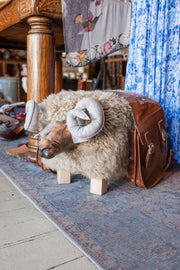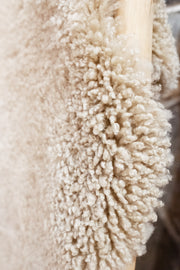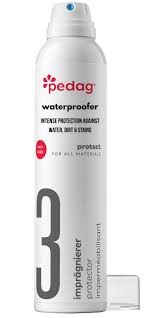When the temperature drops, your choice of clothing can make all the difference between comfort and discomfort. While modern synthetic fabrics claim to offer warmth, nothing beats the insulating power of natural materials like wool, leather, fur, and down.
At Fur Traders, we specialize in premium natural materials that don’t just keep you warm—they regulate your body temperature better than any synthetic alternative. Let’s explore the science behind why natural fibers are superior when it comes to staying warm.
1. Natural Insulation: How Wool, Fur, and Down Trap Heat
Nature has perfected thermal insulation, and animals have relied on it for centuries.
- Fur and down create micro-air pockets that trap heat close to the body while allowing excess moisture to escape.
- Wool fibers curl and crimp, creating natural loft that helps retain warmth even in damp conditions.
- Leather blocks wind and locks in heat, making it a great outer layer in cold climates.
Unlike synthetic fabrics that only trap heat, natural materials regulate temperature, ensuring you stay warm without overheating.
2. Moisture Management: Why Natural Fibers Keep You Dry
Staying warm isn’t just about heat—it’s also about moisture control.
- Wool and fur wick moisture away from your body, keeping you dry even if you sweat.
- Synthetic fabrics like polyester trap moisture, leading to dampness and discomfort.
- Leather naturally repels water, making it an excellent windproof and water-resistant layer.
This is why natural fibers perform best in extreme weather—they adapt to your body’s needs.
3. Breathability: Avoiding the “Sweat Then Freeze” Cycle
One of the biggest problems with synthetic winter wear is that it traps heat but doesn’t breathe, leading to sweating followed by sudden chills when you stop moving.
- Wool and fur breathe naturally, allowing excess heat and moisture to escape.
- Down maintains warmth while remaining lightweight, preventing overheating.
- Leather jackets adjust to your body temperature, keeping you warm when needed but not suffocating.
If you’ve ever felt clammy in a polyester winter coat, that’s because synthetic fibers lack proper ventilation.
4. Durability: The Long-Lasting Warmth of Natural Materials
Unlike synthetic fabrics that degrade quickly, natural materials are built to last.
- Wool maintains its insulating power for decades with proper care.
- Leather becomes softer and more comfortable over time, developing a rich patina.
- Fur retains its luxurious texture and warmth, lasting for generations.
Instead of replacing cheap, synthetic coats every few winters, investing in high-quality natural materials means staying warm year after year.
5. Sustainability: Natural Materials vs. Plastic-Based Synthetics
Beyond warmth, natural fibers are better for the environment than their synthetic counterparts.
- Wool, fur, and leather are biodegradable and naturally break down over time.
- Synthetic winter gear is made from petroleum-based plastics, contributing to pollution.
- Natural materials require less chemical processing, reducing environmental impact.
By choosing sustainably sourced wool, fur, and leather, you’re investing in warmth without harming the planet.
Conclusion
The science is clear—natural materials outperform synthetics in warmth, breathability, durability, and sustainability. If you want to stay warm without sacrificing comfort or style, choosing wool, fur, leather, or down is the smartest choice.
At Fur Traders, we offer premium, ethically sourced natural fibers that provide unmatched insulation, breathability, and durability. Shop our collection today and experience the superior warmth of nature.














